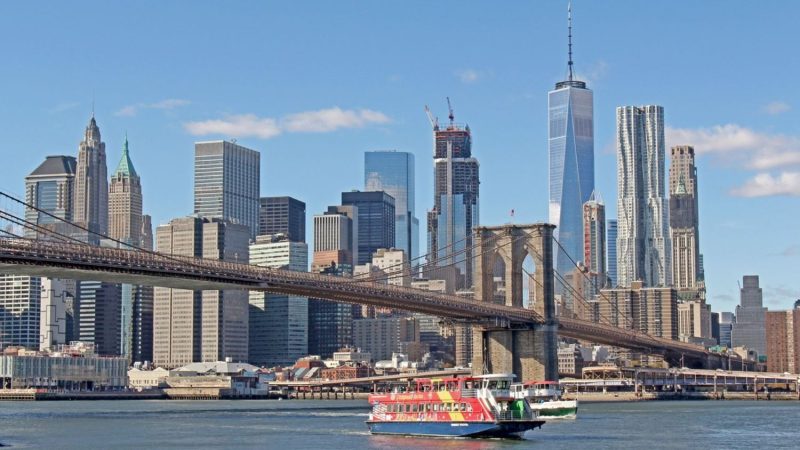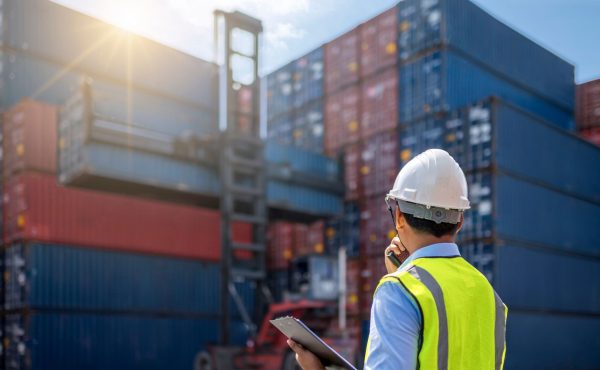Logistics regulations and standards: Challenges and opportunities in US logistics
In the United States, logistics are a fundamental pillar of the economy, supported by an extensive transportation network that includes highways, railroads, ports, and airports. However, companies in this sector must comply with a variety of federal, state and local regulations.
These regulations are designed to ensure the safety, efficiency and sustainability of freight transport, and cover key issues such as worker safety, environmental protection and commercial tariffs.
Logistics regulations in the United States are overseen by several government agencies, including the Department of Transportation (DOT), the Federal Motor Carrier Safety Administration (FMCSA), and the Environmental Protection Agency (EPA). Each of these agencies has its own set of regulations that affect logistics operations.
The FMCSA regulates ground transportation, particularly truck transportation. Among its most notable regulations are driving time limits, known as Hours of Service (HOS), designed to prevent driver fatigue. It also requires regular safety inspections and maintenance to ensure vehicle integrity.
On the other hand, the EPA sets standards that logistics companies must follow to reduce the environmental impact of their operations. These include regulations that limit vehicle emissions and place restrictions on the transport of hazardous materials. Companies are also required to use cleaner fuels and technologies that improve the energy efficiency of their fleets.
Logistics operations involved in international trade must comply with Customs and Border Protection (CBP) regulations. This includes providing detailed documentation for goods entering or leaving the country, paying duties and taxes, and complying with trade agreements with third countries. Companies must also comply with the Committee on Foreign Investment in the United States (CFIUS) when transporting sensitive products.

Logistics challenges in the United States
Companies face a number of challenges when it comes to logistics operations in the USA:
- Aging Infrastructure: Despite an extensive network of highways and ports, much of the transport infrastructure is outdated. Bridges, roads and railways – especially in densely populated urban areas – require constant renewal and maintenance. This deterioration can cause delays, increase transport costs and affect the competitiveness of logistics companies.
- Regulatory Compliance: Strict safety and environmental regulations require companies to continually invest in upgrading their vehicles and processes. In addition, compliance varies from state to state, which can complicate operations for companies that operate nationally.
- Technology and digitalization: Digitalization is revolutionizing logistics in the United States. The use of technologies such as the Internet of Things (IoT), artificial intelligence, and big data is improving operational efficiency by optimizing routes, managing inventory, and forecasting demand. However, many companies have yet to adapt to the demands of the 21st century.
- Sustainability and the green economy: Companies that invest in sustainable logistics solutions, such as electric vehicles and alternative fuels, have an opportunity to differentiate themselves in the marketplace. Growing concerns about climate change and stricter environmental regulations are driving companies to adopt greener practices, enabling them to access new markets and attract environmentally conscious customers.
At Logisber, we work in every corner of the globe, wherever our clients need to ship their goods. As one of the most influential countries in the global economy, the United States demands first-rate logistics. If you want to optimize your operations in this important North American market, contact Logisber and our team of professionals will provide you with personalized advice.
Categorías
Compartir









